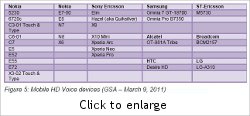Union Bank of India (UBI), and Nokia, have launched mobile money service across India, starting with the National Capital Region.
Called ‘Union Bank Money powered by Nokia’, the service is already available to consumers in Gurgaon, and will be soon go live in Delhi, Faridabad and Noida. This will be followed by a nationwide roll-out over the next few months.
Users, who do not have a bank account, can use it to access financial services through their mobile phones.
The service will be provided in two categories. The first one called the no-frill category will be given to consumer with limited identity proof and will have limitations on the maximum amount that can be kept in the account and daily transaction limit.
While customers who provide full verification will have no such limits. The service will enable consumers to transfer money to other individuals, withdraw cash from Business Correspondents cash-out outlets (registered Nokia stores) and ATMs, pay utility bills as well as recharge prepaid SIM cards (top-ups) by using their mobile devices.
Though the service is provided through Nokia outlets, it also works on all handsets. Also, consumers of all telecom service providers can avail this service.
However, Nokia is pre-installing the application (union bank money application) in a wide range of Nokia mobile handsets across price points. The application can also be installed nearly on all already existing Nokia handsets in the country.
UBI, along with Nokia plan to bring banking services to over 10 million customers across 32,000 villages by 2013.
Interestingly, more than 50 per cent of Indians do not have access to a bank account, and that 90 per cent of the 600,000 plus villages in the country do not have a bank branch(Source: UBI).
Nokia retail outlets will serve as Business Correspondent agents for Union Bank Money services, in compliance with RBI guidelines.
Prospective customers can register for the service, deposit money, or withdraw cash from their accounts at these BC agents.
MV Nair, chairman and managing director, Union Bank of India, said, “Once rolled out across the nation, Union Bank Money will be the single largest network in India to provide mobile financial services to consumers in urban as well as penetrate rural areas to tap the unbanked populace.”
“Nokia is building an open ecosystem for mobile payments in India with multiple partners (banks, merchants, billers, service providers), to drive basic financial services across the country. Our partnership with UBI will help connect the unbanked population in the country by leveraging the wide reach of our combined networks and the deep penetration of mobile services in the country,” said D Shivakumar, vice president & managing director, Nokia India.


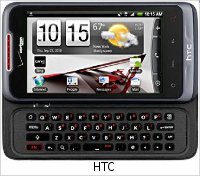
 Another phone expected from Sony Ericsson is Xperia Arc with a 4.2 inch screen and famous Sony Bravia engine (a display technology used till now only in TV). Other goodies include an 8.1 mega pixel camera, HDMI port,
Another phone expected from Sony Ericsson is Xperia Arc with a 4.2 inch screen and famous Sony Bravia engine (a display technology used till now only in TV). Other goodies include an 8.1 mega pixel camera, HDMI port, 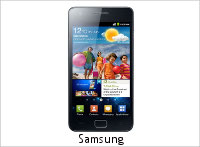 HTC Merge is a world phone, which means that even though it has only one
HTC Merge is a world phone, which means that even though it has only one 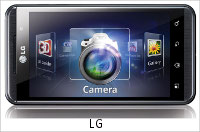 Samsung is also upgrading some of its other popular phones such as the Corby even though it is not a smartphone.
Samsung is also upgrading some of its other popular phones such as the Corby even though it is not a smartphone.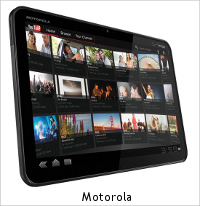 Also from LG is Optimus Pad tablet, and a couple of other iterations of Optimus targeted at different price brackets. We are not sure whether the tablet will make it to our shores in the near future or whether it will take some time.
Also from LG is Optimus Pad tablet, and a couple of other iterations of Optimus targeted at different price brackets. We are not sure whether the tablet will make it to our shores in the near future or whether it will take some time.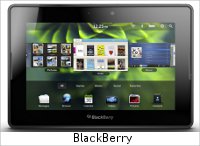 Some sources say that Motorola Atrix, which supports
Some sources say that Motorola Atrix, which supports 